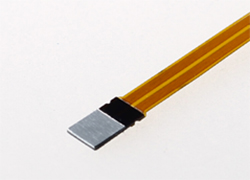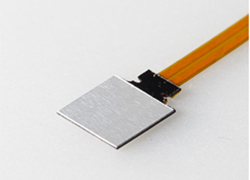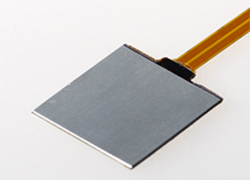Update your browser to view this website correctly.
Temperature differences in a given system induce a heat flux. The induced heat flux always flows from the hot to the cold side. Heat fluxes are everywhere. Some examples are:
Getting cold feet from standing on a cold floor: since the floor has a lower temperature than the feet, heat flows from the feet to the floor.
Standing close to a fire feels hot: the temperature of a fire is much higher than the surrounding air. Therefore, heat radiates from the fire to the surroundings.
Feeling hot in a sauna: since the air temperature in a sauna is higher than the body’s temperature, heat flows from the air into the body.
In order for heat flux to exist, it requires, not only a temperature difference, but also a medium through which heat is flowing. Heat can flow through solid materials (in which case it is called conduction), through gases and liquids (which is called convection) and through electromagnetic waves (which is called radiation).
Heat Flux depends on the temperature difference and the thermal transfer coefficient. The following equation defines heat flux with respect to the temperature difference and the thermal transfer coefficient.
where
HF = Heat Flux, in W/m²
△T = Temperature difference, in K
HTC = Heat Transfer Coefficient, in W/(m²K)

Size: 4.4mm x 4.4mm
Resolves 0.41 W/m² - 7.9 µW - 140 µK

Size: 10mm x 10mm
Resolves 0.09 W/m2 - 9 µW - 30 µK

Size: 18mm x 18mm
Resolves 0.03 W/m2 - 9 µW - 10 µK
Help Choose the right heat flux for your purpose - Click Here
Contact us to know more and Purchase